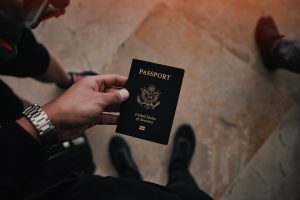In 2013, the US issued over 6,000 EB-5 investment visas, a record at the time. This visa, which the Wall Street Journal reports can be used to finance projects from “hotels and casinos to wind farms and frozen-yogurt franchises,” isn’t easy for just anyone to qualify for. It requires an investment of $1 million in a new or recently created business, or a Pilot Program investment of $500,000 in a business in a rural area or an area where unemployment rates are high. Investors receive a visa that allows them to live in the US, work, or attend school. Their families also are able to work or attend school in the US.
In the Pilot Program, investors can invest through regional centers that pool foreign investments. This is now by far the most popular way of investing; approximately 90% of EB-5 investments are now made through regional centers. This is also a common way to attract money to projects. There are more than 240 regional centers competing for investment money nationwide. The investment is expected to create or preserve at least ten full-time US jobs within two years. If this condition is met, the investor and his or her family become permanent residents and may apply for citizenship after three years.
Some examples of EB-5 projects? The Aloft Hotel in Milwaukee was financed with $3 million from 6 investors and it’s expected to create 431 jobs. Philadelphia has been enthusiastic about EB-5 investments. One successful Philadelphia project was Advanced Sports, which created 30 jobs with $1.5 from three investors. Atlantic Yards in Brooklyn and the renovation of the Knickerbocker Hotel in Times Square were both EB-5 financed.
EB-5 was enacted in 1990. It allocates up to 10,000 investor visas per year. At first it attracted little interest; in fact, the program was effectively at a standstill from 1998-2003 because of fraud and corruption. After it was reinstated, though, it began to explode in popularity, especially as much of Asia has become more and more prosperous. Chinese citizens often account for over 50% of the investor visas issued, and South Korean citizens typically account for another 20%.
The program is a little riskier than it may appear to be on the surface. Visa applicants can even face deportation if their businesses fail. Only around 40% of people who’ve come to the US with an investment visa have received permanent resident status.
But when it works, it really works. The USCIS says the investment visa program has created at least 57,300 jobs since its inception in 1990.
If you’d like more information about the EAB-5 visa, or immigration in general, please give us a call today!







